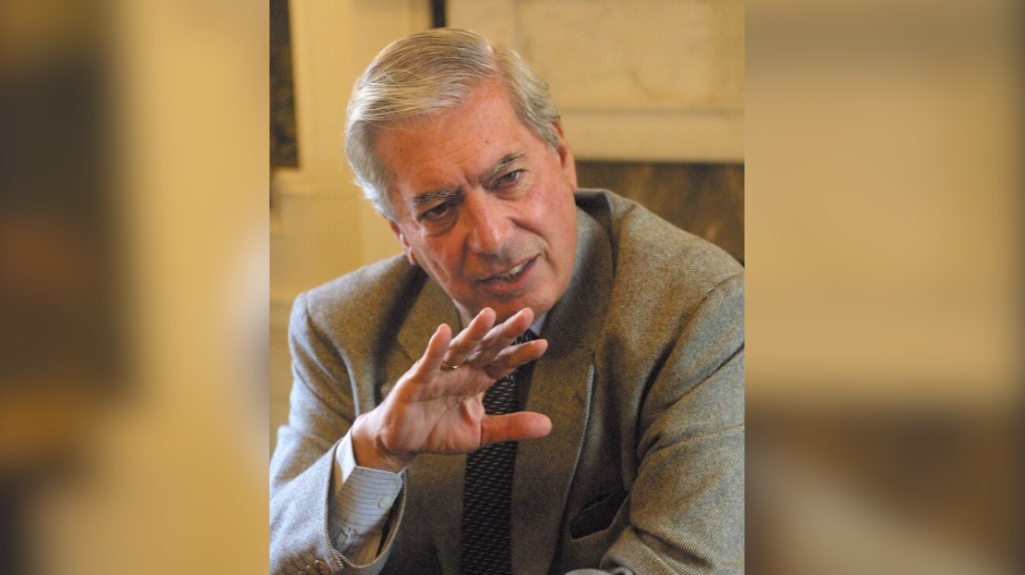Hu Lands in Latin America
Hu Lands in Latin America
Chinese President Hu Jintao's trip to Latin America helps cement Beijing's growing relationship with the region. After the G20 summit and before the Asia-Pacific Economic Cooperation conference in Lima, Hu traveled to Costa Rica and Cuba.
Between Washington’s G20 Conference and the Asia-Pacific Economic Cooperation Leaders Summit in Lima, Chinese President Hu Jintao’s Latin American tour demonstrates Beijing’s growing interest in the region. In addition to his stop in Peru, Hu’s travels include Costa Rica and Cuba. The trip, described by People’s Daily as “a new chapter in China-Latin America relations” caps off a month of events signaling closer ties, such as China gaining membership in the Inter-American Development Bank and its foreign ministry producing its first white paper on Latin America. Chinese-Latin American trade, just $13 billion in 2000, reached $111 billion in the first three quarters of 2008.
A meeting between Hu and Costa Rican President Óscar Arias led to the signing of 11 cooperation agreements covering trade, energy, education, and technology. In addition, China will extend $40 million in credit to Costa Rica. The two presidents announced they would start negotiations on a free-trade agreement. Bilateral trade hit $2.87 billion in 2007, according to official Chinese data.
That Hu chose San Jose for his first Latin American stop demonstrates as much about the importance of Central American diplomatic relations as it does commercial ties. While the rest of Central America recognizes Taiwan as an independent state—making up a chunk of the roughly dozen countries across the globe that continue to do so—Costa Rica ended six decades of ties to Taipei and switched allegiance to Beijing in June 2007. The Guardian’s News blog says that move helped make San Jose “Beijing’s new best friend.” In September, the Central American country released documents showing that, around the time of the diplomatic switch, China agreed to buy $300 million in Costa Rican bonds.
Moving on to Havana, Hu forged a number of agreements with his Cuban counterpart Raúl Castro. China serves as Cuba’s second largest trading partner after Venezuela, with trade figures standing at $2.3 billion in 2007. China buys nearly half of the island’s annual nickel production and 400,000 tons of sugar each year. As the BBC notes, the deepening of Sino-Cuban ties dates back to the early 1990s after the Soviet Union’s collapse. “Fast-forward to the present and Chinese products from buses to locomotives to lightbulbs are helping to keep the financially strapped communist government in Cuba going.” While Fidel Castro regarded Chinese economic liberalization with concern, analysts have wondered if current President Raúl, considered an admirer of Beijing, will pursue similar reforms.
When Hu stops in Lima with a 600-strong business delegation for the Asia-Pacific Economic Cooperation (APEC) summit, the conference will also serve as a platform for deals on the sidelines, from a bilateral free-trade agreement with Peru to negotiating a $3 billion steel mill in Brazil. Speaking with the Financial Times, Peru's Finance Minister Luis Valdivieso stressed that the bilateral trade pact would help Peru diversify and expand its trading partners and gird its economy at a time of global financial insecurity.
In an analysis for YaleGlobal, George Washington University’s China Policy Program Director David Shambaugh offers an overview of the uptick in Chinese-Latin American investments and pacts. He writes that, “Latin governments lack Chinese speakers and specialists to cope with Beijing’s blitz into the region.” Yet China has responded by establishing six Confucius Institutes and offering 100 university scholarships for South American students while Chinese tourism to Latin America grows because of 19 group tourism agreements.
Read an AS/COA analysis about China joining the Inter-American Development Bank.








